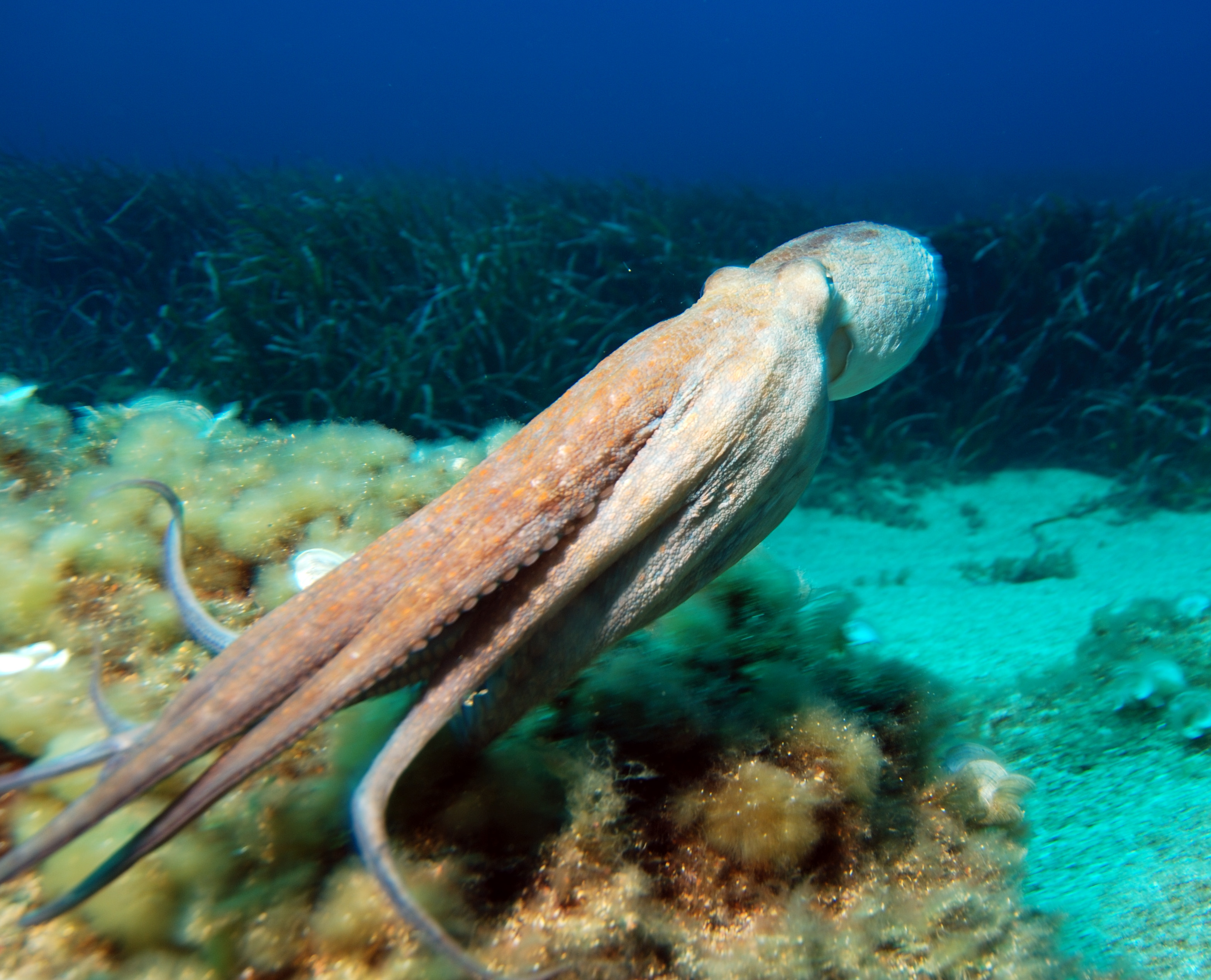What is biomimetics?
Interview with
Biomimcry is the process by which scientists borrow from biology. They studying how mother nature does things and then use these ideas to overcome a problem they are grappling with - like how to produce clean energy, food, medicines or new materials that are stronger or less harmful for the environment, like biodegradable plastics.
how mother nature does things and then use these ideas to overcome a problem they are grappling with - like how to produce clean energy, food, medicines or new materials that are stronger or less harmful for the environment, like biodegradable plastics.
And with billions of years of experience, nature has some pretty smart solutions to these problems. So, increasingly, creative minds are turning to nature for fresh design ideas--from tree leaves to butterfly wings or birds beaks.
Richard Bosner is a "biomimic" from the University of Brunel and explained to Chris Smith what biomimicry is...
Richard - Really, it's two components. The first bit is that we really have to understand how the biological system works. That could require lots of different sorts of knowledge - perhaps chemistry, mechanics or even electrical things in the way that nerve cells work. And then having understood how the biological system works and identified the real clever mechanism, we then try and implement that into a new system, structure or material.
Chris - Would - talking of materials - a really good example of that would be Velcro for example because the story of that was a man walking his dog, wasn't it?
Richard - Yeah. I mean, the story of Velcro is quite amazing. George de Mestral in 1948 took his dog for a walk. When he came home, it was covered in burdock seed burrs and he had the stroke of genius of recognising that these seeds were hitching a lift on the passing animal. That they had too attached firmly enough to stick to the animal and be carried away, but not so firmly that they couldn't fall off at some point and then germinate. So, he recognised that this was a really neat way of joining materials, fabrics together in an easy to undo way.
Chris - That's one example of how we can take inspiration from nature and then design "a thing" and object or an application. But nature is more complicated than that because it doesn't just exist as isolated objects. There are whole systems where one object works with another object and so, you have a sort of process. We could copy a process or even taking it a step further. If you look at the world around us, one thing feeds another. So, even flees have flees and the whole thing goes around without any wastages, a natural system of recycling.
Richard - Indeed. I think initially, people tended to concentrate on a particular mechanism or material when they were researching biomimetics. But you can think a lot wider than that, looking at processes, communication networks and decision making. So, it's not necessarily all about bits of material.
Chris - Now, tell us about the octopus that you've been involved in because you've been working with the EU on a robotic system, haven't you?
Richard - We were partners at Redding University, we're involved in a big European Union funded project which was aiming to produce soft bodied robot inspired by the octopus. Our specific role in the project was designing a tough waterproof skin that had sensors and suckers on it. So, this would protect the underlying mechanisms that enabled the robot to move around and could also tell us a bit about its environment.
Chris - What was the outcome? Did it work, this octopus?
Richard - Yeah. The lead partners in Pisa managed to develop an integrated robotic octopus that had 8 arms, it could use 2 for manipulating objects and another 6 arms to help it shuffle around underwater.
Chris - So, what can you do with it?
Richard - Well, the idea really was to get a complete shift in the way we think about robotics because lots of robots have many rigid components which means they're quite inflexible in the sorts of things that they can do. So, the idea of making an entirely squidgy soft robot was that it can move in all sorts of different ways. An octopus is an incredible animal. It contains only one rigid component and that's its beak and it can squeeze through holes that are only marginally bigger than its brain. So, it gives you quite a lot of extra capabilities that you don't get with existing rigid robots.
Chris - Does this mean then that there is no limit to what we could achieve with biomimicry? Do we just take what nature has already done and then mix all the different parts together and come up with an octopus that has an incredible power supply and incredible strength or will there be limits?
Richard - Well, there's no reason why you can't, indeed, in our octopus project, we had suckers that were inspired by those found on squid - because they work in a different way to the way an octopus's suckers work.









Comments
Add a comment